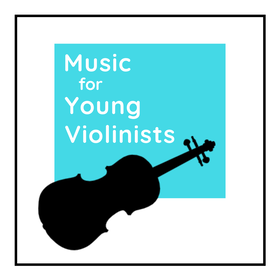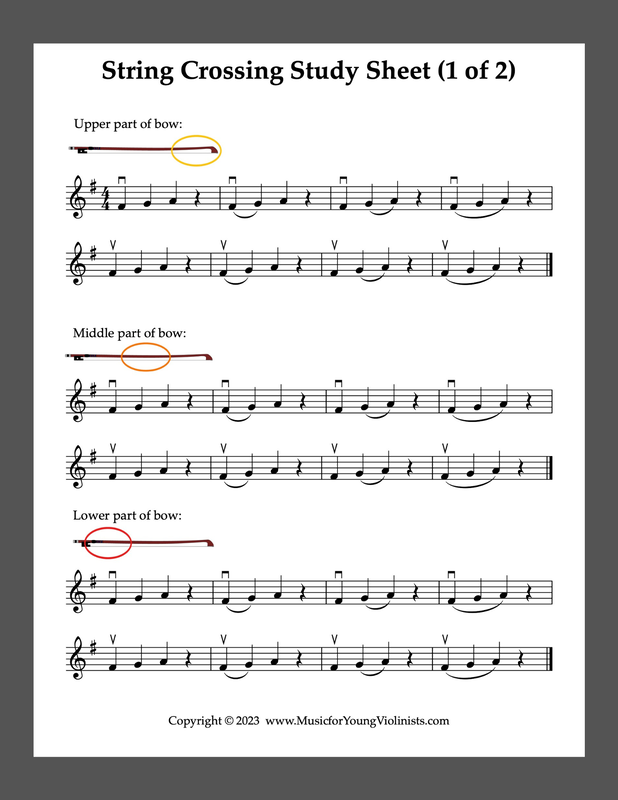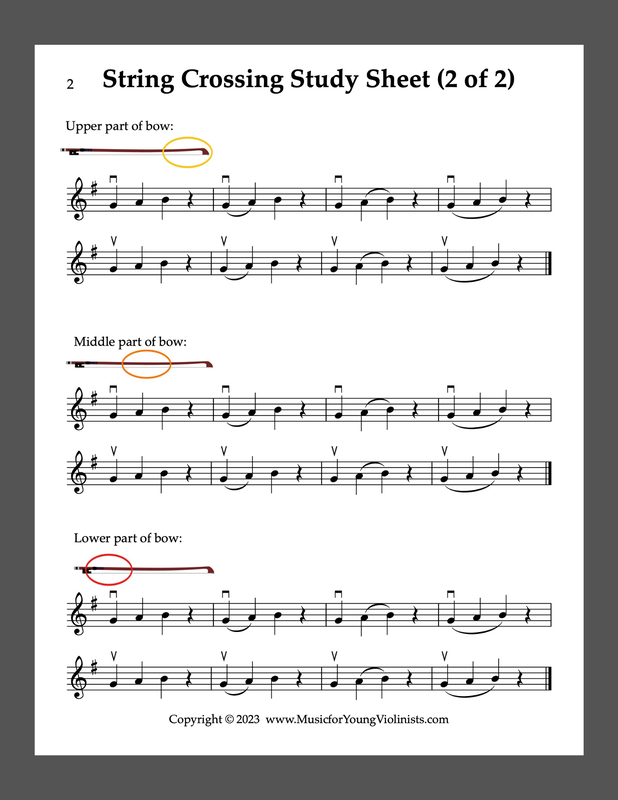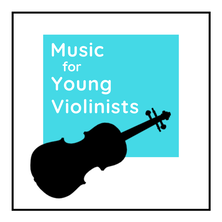|
The newest M4YV FREEBIE is a 2-page PDF designed to help students practice string crossings. The recent Oh Danny Boy FREEBIE inspired this resource with its beautiful opening made treacherous by a string crossing. These worksheets help guide a curriculum to master technical elements like this and can be used independently to help with other repertoire.
Let's talk about string crossings. To do this, we must go back into history and remember what made the violin so special. Countless stringed instruments in multiple cultures were strung on resonating chambers, such as the lute, guitar, hammered dulcimer and more (Wikipedia has a nice list if you are curious). However, with the addition of the bow to a stringed instrument with a resonating chamber, we then had a string instrument that could imitate the human voice with sustained notes that are shaped and connected. I believe this is our goal as violinists - to imitate the beauty of the human voice with our *bowing. It is a lifelong pursuit, and the art of crossing strings while maintaining a connected sound is particularly challenging. I tell my students that if someone was closing their eyes and listening to them play, it should sound like it is all being played on a single string. *Specifically for lyrical music, not for specific genres that emphasize other qualities of the violin. So, how do we cross strings with finesse and sonically hide the gaps our bows have to encounter? Working with a skilled teacher will guide a student toward this skill; like many things in our work, it does not compact nicely into a blog post. However, concepts include: 1- Raising & lowering the bow arm to the plain of the string. 2- Anticipating the coming string by changing the angle of the preceding note. 3- Practicing passages with as many bowing combinations as possible to synthesize a connected sound. This last point is where these worksheets are useful. They extract 3 notes in 3 locations of the bow and offer 24 different ways to practice these 3 pitches to develop elegant and singing string crossings. These worksheets were inspired by the opening of Oh Danny Boy (get PDFs of this piece here) but apply to any beginner-intermediate level student seeking support for mastering the skills of smoother string crossings. Can you just teach this concept to students without a worksheet? Absolutely; however, sometimes, a student makes the best use of their practice time with a visual guide. I am always curious to know your thoughts in the comments - how do you teach string crossings?
0 Comments
Leave a Reply. |
Categories
All
Archives
February 2024
AuthorHi! It's me, Heather. I absolutely love working on the Music for Young Violinists project and all the many facets: blogging, website, music, teaching materials, freebies, videos, newsletter and giveaway contests. The best part is connecting with you so feel free to drop me a line. You can learn more about me on the "ABOUT" page. Thanks! |
||||||



 RSS Feed
RSS Feed
